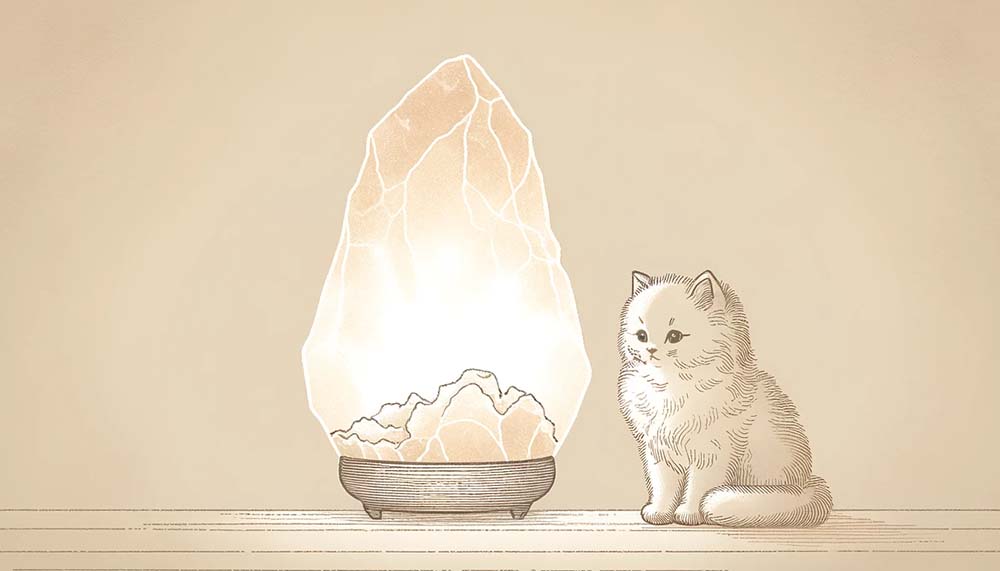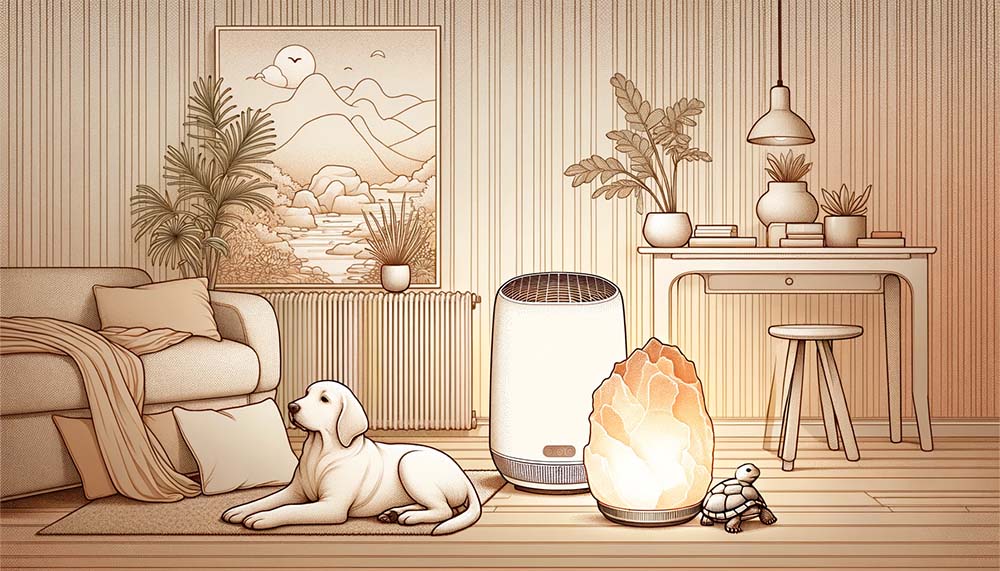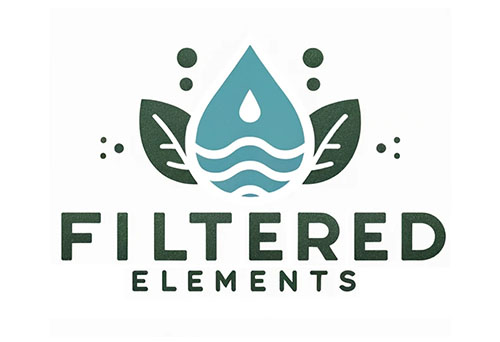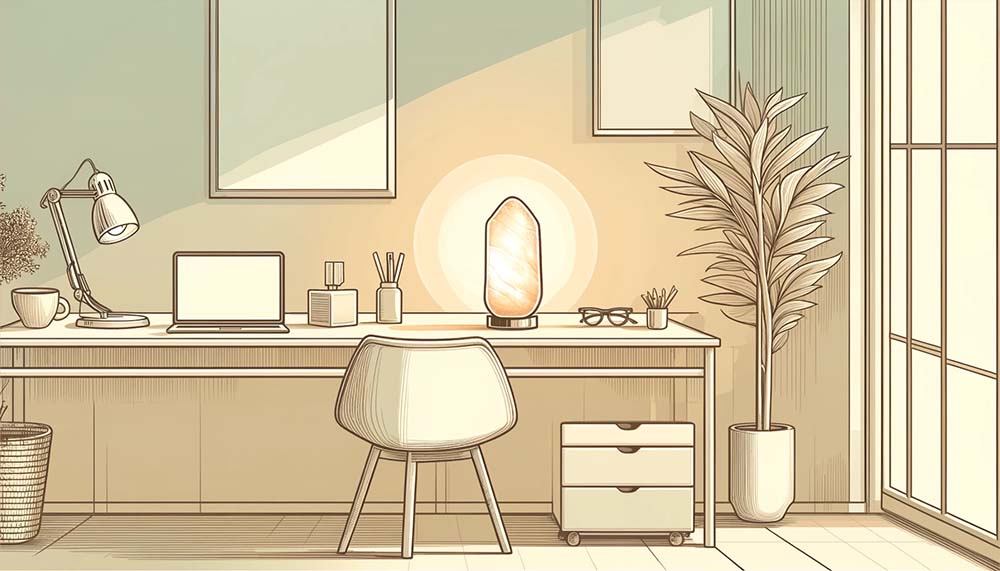Himalayan salt lamps have become increasingly popular as a natural way to purify indoor air and create a soothing ambiance. However, if you share your home with curious cats or playful dogs, it’s essential to be aware of the potential dangers these lamps can pose to your beloved pets.
In this article, we’ll explore the risks associated with salt lamps and provide crucial information on how to keep your furry friends safe. We’ll also compare salt lamps to traditional air purifiers and pet-safe houseplants, examining their effectiveness and safety for pet households.
Whether you’re a current salt lamp owner or considering purchasing one, keep reading to learn how to make informed decisions that prioritize your pets’ well-being while still enjoying the benefits of a purified and inviting living space.
Salt is Toxic to Cats and Dogs
While salt is an essential mineral in our pets’ diets, excessive amounts can lead to serious health problems.
- The recommended daily salt intake for cats is approximately 16.7 mg, which can easily be exceeded if a curious cat repeatedly licks a salt lamp.
- Dogs are also at risk of salt toxicity, but since cats are more agile and likely to access high surfaces where salt lamps are often placed, they have a higher chance of developing an addiction to the salt.
According to the Pet Poison Helpline, “salt poisoning in dogs and cats results in clinical signs of vomiting, diarrhea, inappetence, lethargy, walking drunk, abnormal fluid accumulation within the body, excessive thirst or urination, potential injury to the kidneys, tremors, seizures, coma, and even death when untreated.”
Sodium, which when combined with chloride makes salt (NaCl), is needed for many body processes, including muscle and nerve function, in addition to controlling the fluid in the blood (blood volume) and around cells. However, too much or too little salt can cause serious health problems in pets.
While an occasional lick of a salt lamp is unlikely to cause harm, if your cat or dog becomes “addicted” to the salt and repeatedly licks the lamp, it can lead to salt toxicity. If you’ve noticed your pet licking a salt lamp on more than one occasion, it’s crucial to move the lamp to an inaccessible area and consult with your veterinary healthcare team.
Cats at Higher Risk Than Dogs

Although both cats and dogs can suffer from salt toxicity, cats are at a higher risk due to their inquisitive nature and ability to jump onto elevated surfaces. They are more likely to discover a salt lamp and develop a habit of licking it repeatedly, leading to the ingestion of toxic amounts of salt. As responsible pet owners, it’s essential to be aware of this risk and take measures to keep salt lamps out of reach of our feline friends.
Keeping Salt Lamps Safe from Pets: A Placement Guide
If you own a salt lamp and have cats or dogs, it’s crucial to place the lamp in an area that is inaccessible to your furry friends. Here are some tips for keeping your salt lamp out of reach:
- Place the lamp on a high shelf or bookcase that your pets cannot access. Ensure the surface is stable and the lamp is not at risk of falling.
- Consider placing the salt lamp in a room that your pets do not have access to, such as a home office or bedroom with a closed door.
- If you have curious cats that like to climb, consider placing the salt lamp in a closed cabinet or behind a glass door that still allows the lamp’s light to shine through.
- Avoid placing the salt lamp on low tables, nightstands, or other surfaces that your pets can easily reach.
- Regularly check the placement of your salt lamp to ensure your pets haven’t found a way to access it.
Remember, even if your pet has never shown interest in your salt lamp before, it’s essential to be proactive and keep the lamp out of reach.
Comparing Salt Lamps to Traditional Air Purifiers for Pets

When it comes to pet safety, traditional air purifiers are a much better choice than salt lamps. While salt lamps may have some minor air purifying effects, they pose a significant risk to our furry friends, especially cats.
On the other hand, air purifiers are specifically designed to improve indoor air quality without endangering our pets.
How HEPA Air Purifiers Work
HEPA air purifiers use fans to cycle air through dense fibrous filters, capturing at least 99.97% of particles 0.3 microns in size. This includes dust, pollen, pet dander, and smoke particles. Unlike salt lamps, which have limited air purifying capabilities, air purifiers are engineered and tested to remove a wide range of particle sizes and types, resulting in a measurable and proven impact on indoor air quality.
Advantages of Air Purifiers Over Salt Lamps for Pet Owners
For pet owners, the advantages of choosing an air purifier over a salt lamp are clear. Air purifiers are a safer option for pets, as they do not contain toxic substances that can harm curious cats or dogs. Additionally, air purifiers are more effective at improving indoor air quality, which can be especially beneficial for pets with allergies or respiratory issues.
Be sure to check out our list of top-rated pet-friendly air purifiers. These air purifiers are not only safe for your furry companions but also highly effective at creating a cleaner, healthier indoor environment for the entire family.
Pet-Safe Air Purifying Houseplants
In addition to using an air purifier, you can also improve indoor air quality by incorporating pet-safe air purifying houseplants into your home. Some great options include
- Spider Plants
- Boston Ferns
- Bamboo Palms.
- These plants not only add a touch of greenery to your living space but also help remove toxins and pollutants from the air, creating a healthier environment for you and your pets.
Final Thoughts
While Himalayan salt lamps are an attractive addition to any home, it’s crucial for pet owners to prioritize their furry friends’ safety.
By understanding the risks associated with salt toxicity and taking proper precautions, such as placing lamps out of reach and opting for pet-friendly alternatives like air purifiers and houseplants, you can create a healthy and inviting environment for both you and your beloved companions.
Remember, prevention is key when it comes to protecting your pets from potential hazards. With a little extra care and attention, you can keep your pets safe and healthy while still enjoying the beauty and purported benefits of Himalayan salt lamps.




